
The Road to Falaise Bobs on going 15mm WW2 Adventure
U.S Forces
My idea on this has changed a couple of time, The Airborne had to be 101st as my group had been nicknamed the 101st Assault Engineers based on how heavily our group had been tooled up in Call of Cuthlu RPG games and our Battletech Mercenary Regiment which had been the 101st Royal Hussars Striker Regiment in the days of the Star League.
For the armour had originally decided on 746th Tank Battalion and independent tank battalion landed at Normandy , namely as the independents were the 1st units equipped with 76mm Sherman’s as they were the ones initially doing all the fighting .
This meant for infantry I would be going for 9th Infantry Division as above was associated with them, then I remembered we had a bit of a theme unit at the Bootcamp and Micheal actually won a spot prize of a certain charactor from it Oddball So did a bit of digging for their historical basis of units from Kelly’s Heroes and came up with:
6th Armoured Division
According to a couple of online sources based on their shoulder patches
A spaced-out tank platoon commander known as “Oddball” and his three M4 Sherman tanks from the 6th Armored Division invite themselves into the plan.
So it was obvious I would have to pick them.
Although it didn’t actually embark at Utah beach on 19th July it did quickly get involved in offensive battles as separate combat commands in the Cotentin Peninsula in support of the Normandy Campaign.
Then according to Wikipedia it :
‘
At the end of the Normandy Campaign, 6th AD assembled at Le Mesnil on 25 July 1944. 6th AD then passed through 8th Infantry Division to clear the heights near Le Bingard on 27 July 1944, and Combat Command A secured a bridgehead across the Sienne (fleuve) near Pont de la Roque on 29 July 1944, and overran Granville on 31 July 1944. 6th AD then returned to Avranches, where it relieved 4th AD and secured the area bridges.
In mid-August in Europe, the 6th Armored Division moved down to Lorient, where it was relieved by the 94th Infantry Division in September. Elements of the division participated in the Battle for Brest (7 August – 19 September, 1944).
The 6th then turned east and cut across France, reaching the Saar in November. It crossed the Nied River on 11–12 November, against strong opposition, reaching the German border on 6 December, and established and maintained defensive positions in the vicinity of Saarbrücken.
35th Infantry Division
From their shoulder this is the Infantry unit that Kelly’s unit was part of.
The division was formed around National Guard units from (Arkansas, Iowa, Kansas, Minnesota, Missouri, Nebraska, North Dakota, and South Dakota).
As with the Armoured this division was part of the follow up units to d-day not arrive on Omaha Beach until the 5-7th July but were quickly thrown into battle on 11 July, fighting in the Normandy hedgerows north of St. Lo. The division beat off twelve German counterattacks at Emelie before entering St. Lo on 18 July. The went on to rescue the 30th Division lost battalion whilst it took part in the offensive action southwest of St. Lo, pushing the Germans across the Vire River on 2 August, and breaking out of the Cotentin Peninsula.
It pushed through Orleans and Sens before it captured Nancy (Big Joes hoped for R&R the reason he had sent Kelly to take a German Prisoner). It then pushed on to the German Border before moving to Metz for R&R in December 1944 which was interrupted by the Ardennes offensive.
For any one wanting to play them as Kellys Heroes, did find this but how they would work in 4th edition FOW I have no idea:
https://www.flamesofwar.com/Portals/0/all_images/WargamesIllustrated/WI291-WEBKellysHeroes.pdf
The American/British&Canadian Experience post D-Day
At the bootcamp The OTT crew set the tables up to be post d-day and around the Breakout as part of the D-Day celebrations , though the actual breakout really didn’t happen until the advent on Operation Cobra some 7 weeks later on 25-31 July with the attack by Bradleys 1st Army.
So what was the fighting like for these army’s up to this point and why did it take so long
James Oriskany plans to write on the battles of Mortain and St Lo so rather than talk about battles in detail I’ll rather talk about the nature of the two campaigns fought by the Three Armies .
The original plan had for the British and Canadian Army’s to tie the majority of the German Panzer Divisions down so that the Americans would have a free hand to secure Cherbourg and the Contentin Penisular in order to gain a deep water port. The problem for the Americans was they encountered a very different type of terrain to that dominated the areas of the British/Canadian advance.
In the Caen region the terrain is largely composed of vast plains, conducive to armoured combat. This allowed Montgomery to begin using his vast superiority in armour to alleviate his mounting casualty rates amongst his infantry Divisions in the early Operations Perch , Epsom and Charnwood. This lead to the mainly armoured operation Goodwood.
On 18 July, VIII Corps began an attack by three armoured divisions towards the German-held Bourguébus Ridge, along with the area between Bretteville-sur-Laize and Vimont, to force the Germans to commit their armoured reserves in costly counter-attacks. Goodwood was preceded further west by the Second Battle of the Odon, attacks by XXX Corps and XII Corps, to inflict casualties and concentrate the attention of Panzergruppe West on the east end of the bridgehead.
Although these operations did not lead to a breakout (which in fact was a secondary objective , although it was the one that at the time was much vaunted by Monty himself) it did achieve its primary objective as by 25th July the Germans had only 150 tanks facing the Americans 1st Army as opposed to 600 including all the Tigers facing the Anglo-Canadians.
This would make it look like the Americans had it easy but the nature of the terrain they faced would more than make up for the lack of armour facing them.
Mentioned quite a bit during the Bootcamp preparation blogs, it was not actually used as such during the games over the weekend because of the Difficulties it would provide for new gamers.
Here are a few images of some to the terrain the Americans would encounter:
After the battle of the beaches the Americans immediately found them selves in a “hedge war” a reference to the particular nature of the terrain ,better known as the “bocage”, beginning the the day after D-Day, virtually two months of deadly and fierce fighting that put their men to the test
The difficulties of fighting in the Norman hedgerow led to many tactical and technical lessons for the military today, the battle of hedges deserves study, which combines areas such as geography, tactics or weaponry.
At the time of the Normandy landing, the hedges were and average five meters tall, Particularly well maintained, they had an economic role predominant in the region.
Difficult to cross the tortuous structure of the plants forming it, the hedge is in 1944 in phase with traditional Norman agriculture. Very widespread and part of the landscape, it influenced the tactics of the fighters during all the duration of the battle of Normandy.
It was a type of terrain that is particularly a problem for anyone trying to attack it. On the other hand, the Germans in defence have strong position he Germans had 5 years to learn about it and had manoeuvres enabling them take advantage of the terrain.
They had been able to set up the best observation posts, the best firing positions ,find paths to manoeuvre the fastest and most efficiently possible. Numerous observation stations, sometimes concreted, such as tobruks, were able to target the best paths an enemy might use to approach and were able to transmit these coordinates to the nearest artillery battery quickly.
The U.S forces found the reverse. Not knowing the ground, having to advance one compartment of land to another,with each hedge being a fortress , views were very limited and direct infantry support is consequently made difficult, reducing the effective range of most weapons to the next hedgerow. The structure of the hedges limiting avenues of manoeuvre and forcing them into lines of attack previously targeted above.
Solutions were developed for how tanks could effectively support the offensive within this terrain. Bulldozers or tanks modified to carry a bulldozer blade were used to open gaps in hedgerows. Some hedgerows were so thick that engineers first had to blow a hole in the bank, which a bulldozer would later clear and widen. This time-consuming process slowed down the progress of the Allied offensive, and was compounded by the problem of the conspicuous bulldozers and dozer tanks being targeted by German gunners to deny the Allies a means to break through
Again during the bootcamp hedge cutters known to the American troops as Rhino’s were mentioned.
Throughout July “innumerable” inventions were created by various American units to get tanks through the hedges quickly without exposing their weak underside armor. A hedgecutter developed by the 79th Infantry Division was in operation by 5 July, and a few days later, XIX Corps demonstrated a set of prongs that had been initially developed to create holes for the placement of explosives. The force of these prongs were able to lift and remove a portion of the hedgerow, enough so that the tank would be able to push on through to the other side. Units within V Corps also invented devices, which were dubbed ‘brush cutters’ and ‘greendozers’.
An American M4 Sherman tank with hedgerow breaching modifications
The invention of a hedge-breaching device is generally credited to Curtis G. Culin, a sergeant in the 2nd Armored Division‘s 102nd Cavalry Reconnaissance Squadron. However, military historian Max Hastings notes that Culin was inspired by “a Tennessee hillbilly named Roberts”,[6] who during a discussion about how to overcome the bocage, said “Why don’t we get some saw teeth and put them on the front of the tank and cut through these hedges?” Rather than joining in the laughter that greeted this remark, Culin recognized the idea’s potential. A prototype tusk-like assembly was created by welding steel scrap (from destroyed “Czech hedgehogs“) to the front of a tank to create a hedge cutter. The teeth helped prevent the vulnerable underside of the tank from being exposed while it knocked a hole in the hedgerow wall. On 14 July, Lieutenant GeneralOmar Bradley inspected the tank and “watched in awe as a hedgerow exploded … to make way for the Sherman bursting through”. According to Hastings, Culin, “an honest man”, attempted to give credit to Roberts, but this was forgotten in the publicity surrounding the invention. Hastings concludes: “[Culin] became a very American kind of national hero.
*Note all notes in italics are quotes from various sources on Wikipedia


































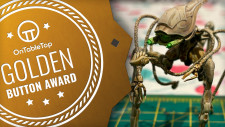

![TerrainFest 2024! Build Terrain With OnTableTop & Win A £300 Prize [Extended!]](https://images.beastsofwar.com/2024/10/TerrainFEST-2024-Social-Media-Post-Square-225-127.jpg)




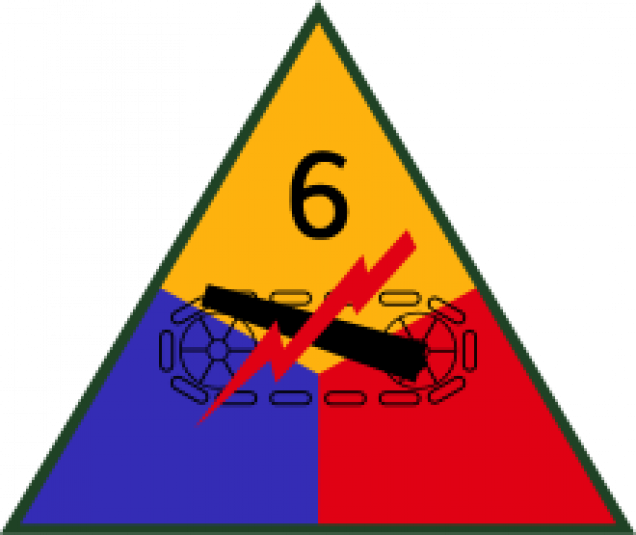
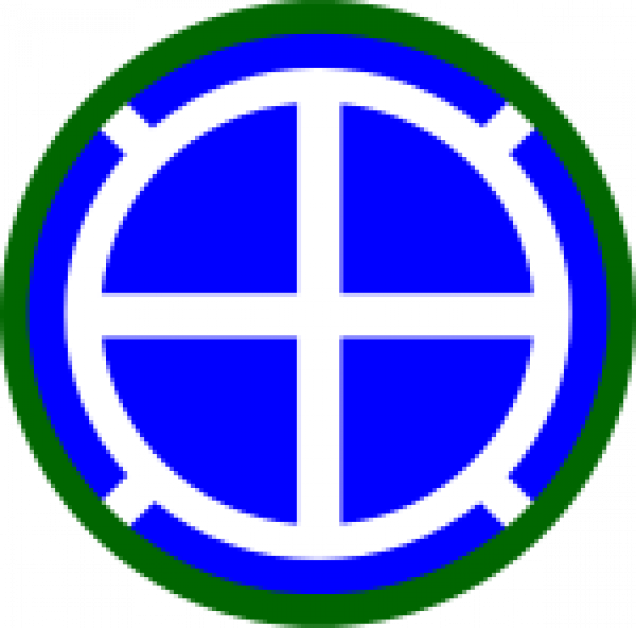

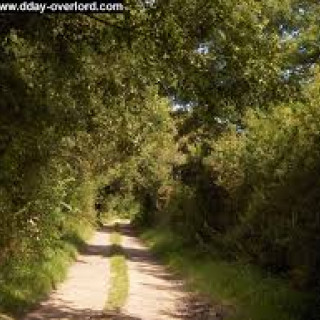
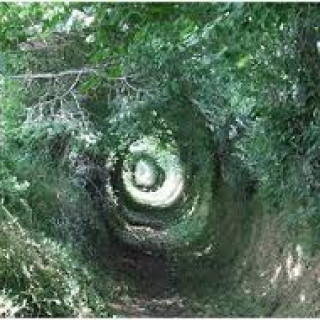




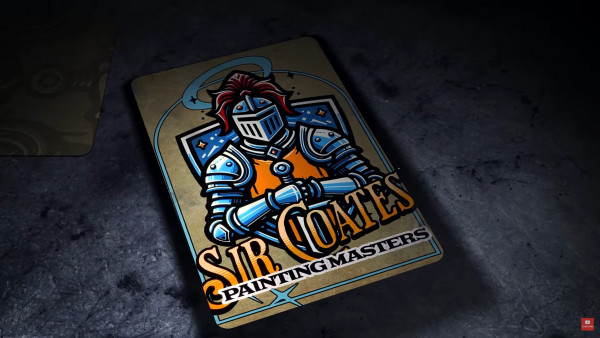
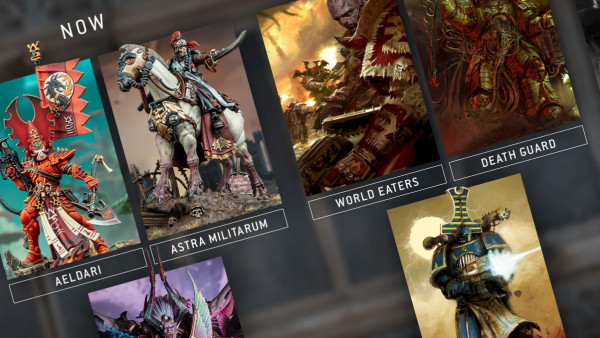

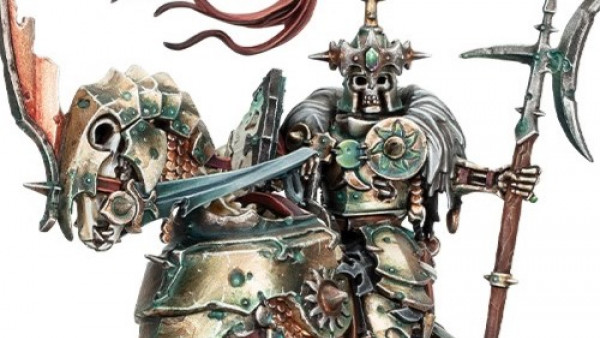

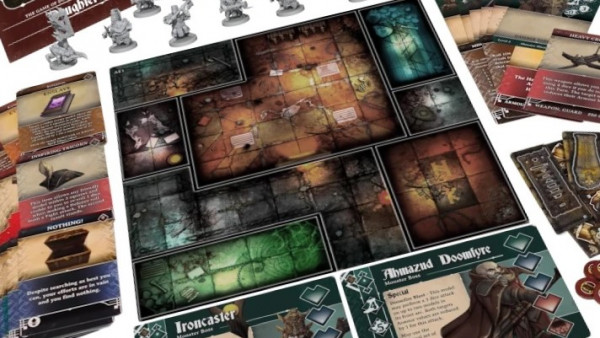
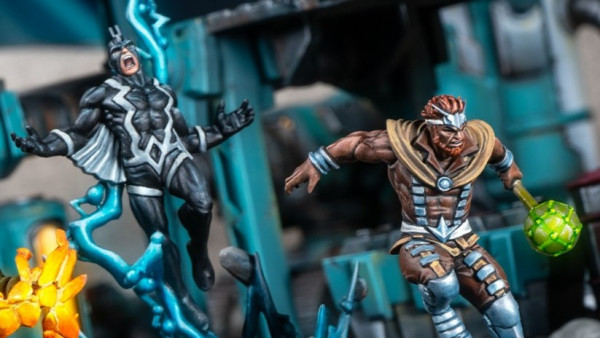
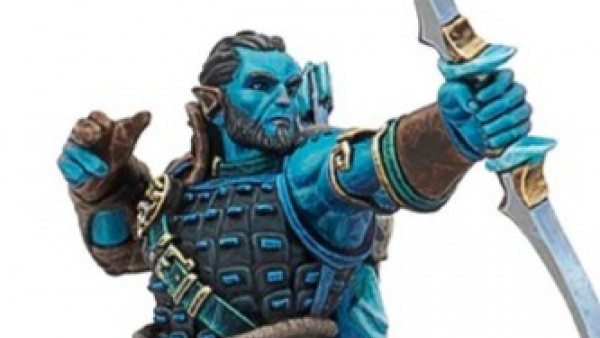
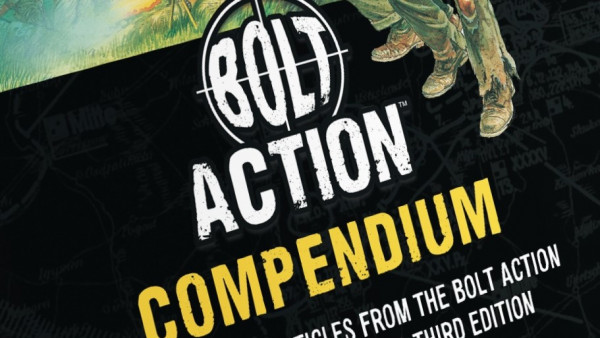

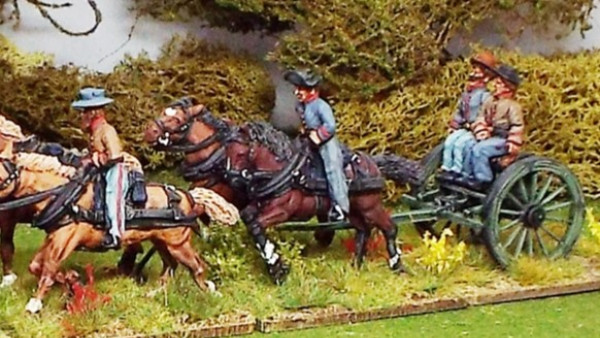
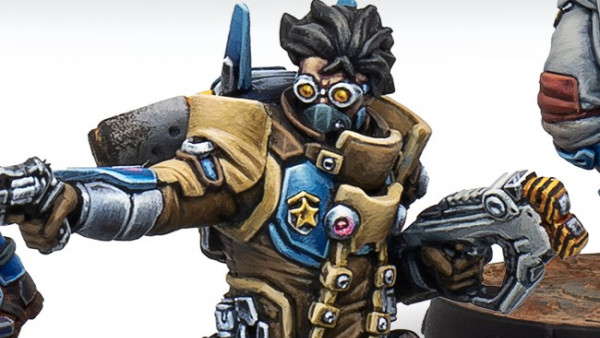
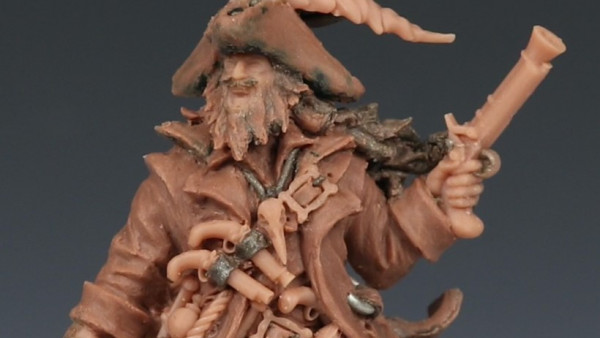
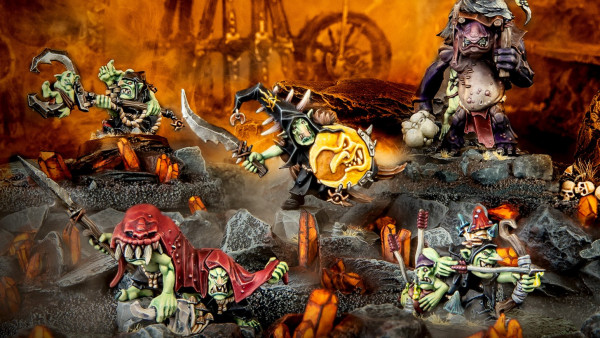
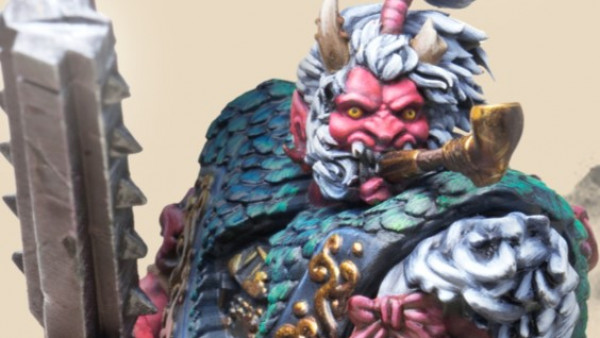
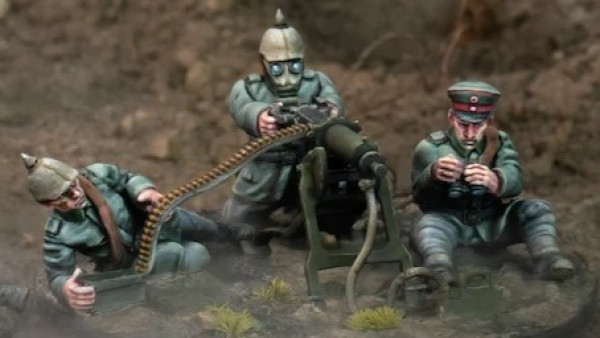
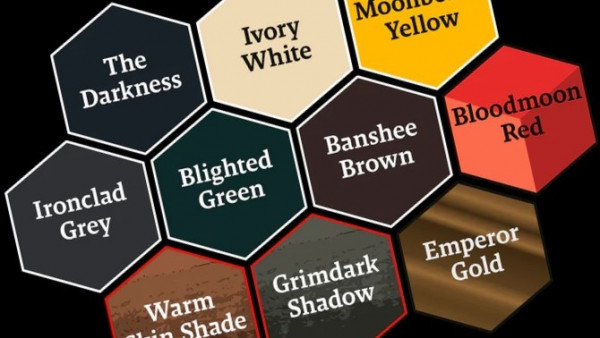
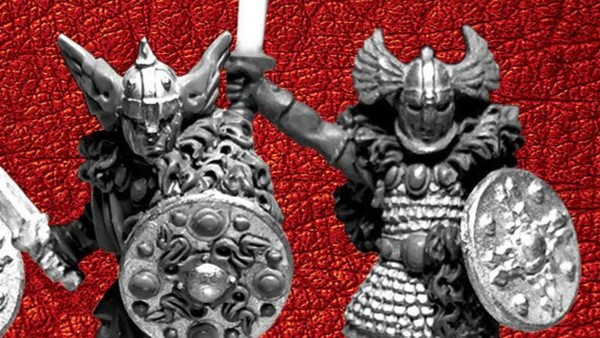













Leave a Reply